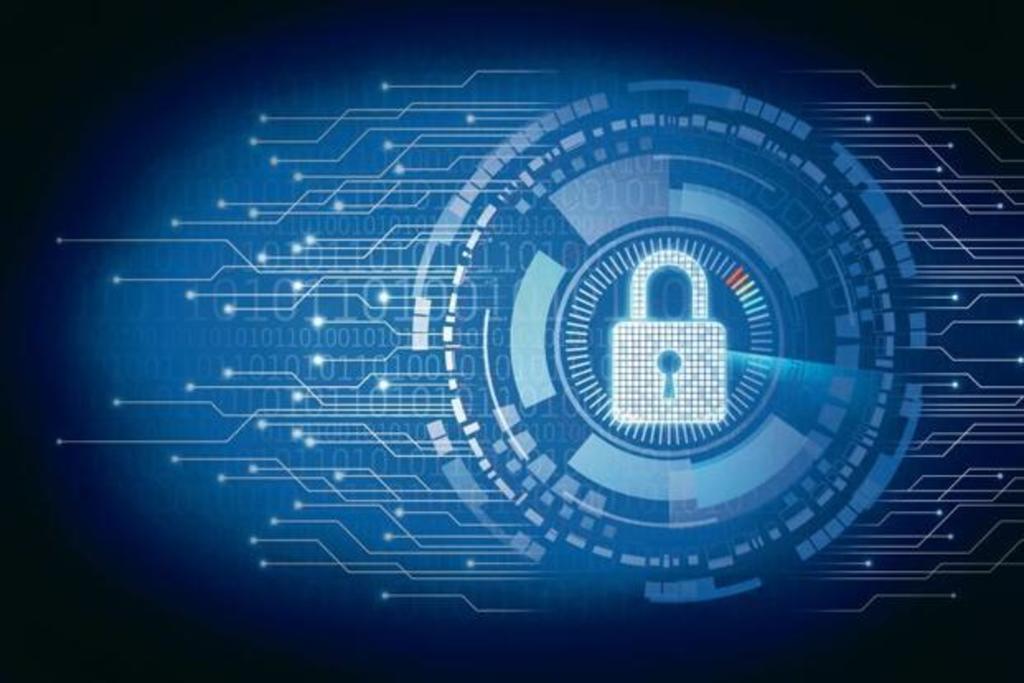Cybersecurity (CS)
Overview
With rising integration of physical industrial control systems with AI-guided control, and the replacement of analog instruments with their digital counterparts, a new area of opportunity has emerged for malicious users seeking to compromise such systems on a scale never-seen-before. Thus, cybersecurity continues to play an important role in protecting such infrastructure from resourceful and state-sponsored attackers.
Our group aims to provide data-driven solutions to the problem for a variety of scenarios ranging from naïve to insider attacks. We explore both non-intrusive/passive and intrusive/active approaches to provide additional layers of security to cyber-physical systems. Our philosophy generally relies on the use of uncertainty as an ally to safeguard our process, just like how an attacker might use it to attack the process discreetly.
Relevant work
Covert Cognizance (C2): A Novel Predictive Modeling Paradigm
This work by Arvind Sundaram presents a novel approach to detecting intrusion via the use of active defense techniques. The methodology designs active perturbations that are both imperceptible and carry information about the system surroundings, thus giving rise to its name – covert cognizance. The technology has been patented with the Office of Technology Commercialization at the Purdue Research Foundation.
Data Trustworthiness Signatures for Nuclear Reactor Dynamics Simulation
This work by Yeni Li presents a novel approach that exploits correlations between dominant and non-dominant degrees of freedom in industrial systems to construct signatures that can effectively detect false data injection attacks. It relies on the understanding that while the dominant modes are well-understood by system experts and malicious agents alike, the non-dominant modes may provide additional information to model-based defenses.

